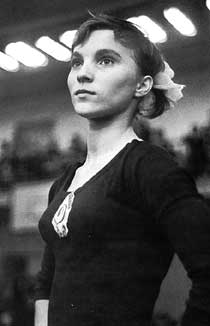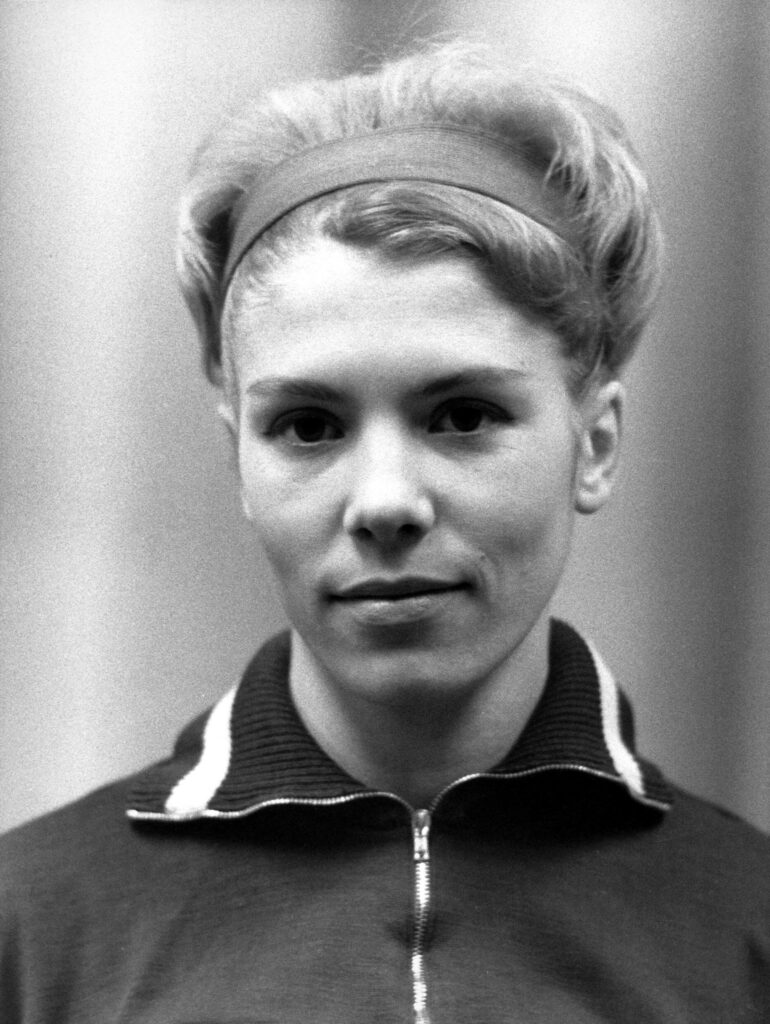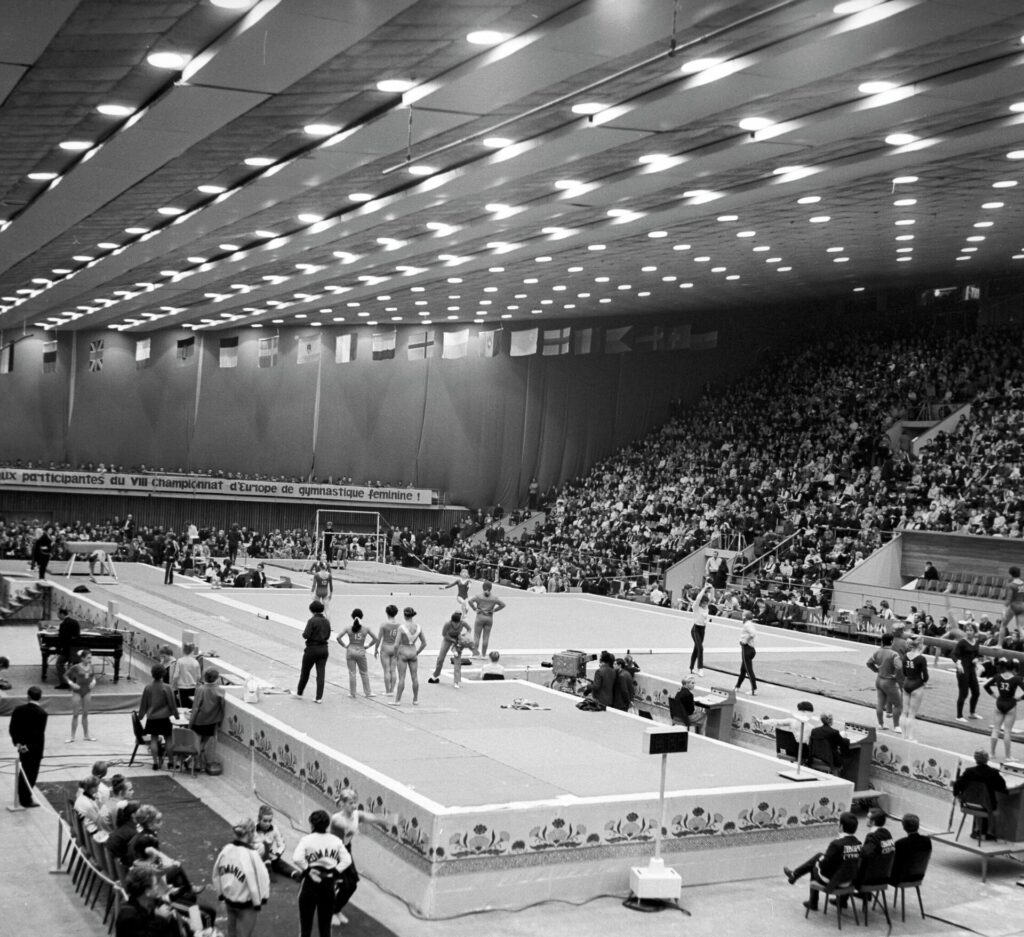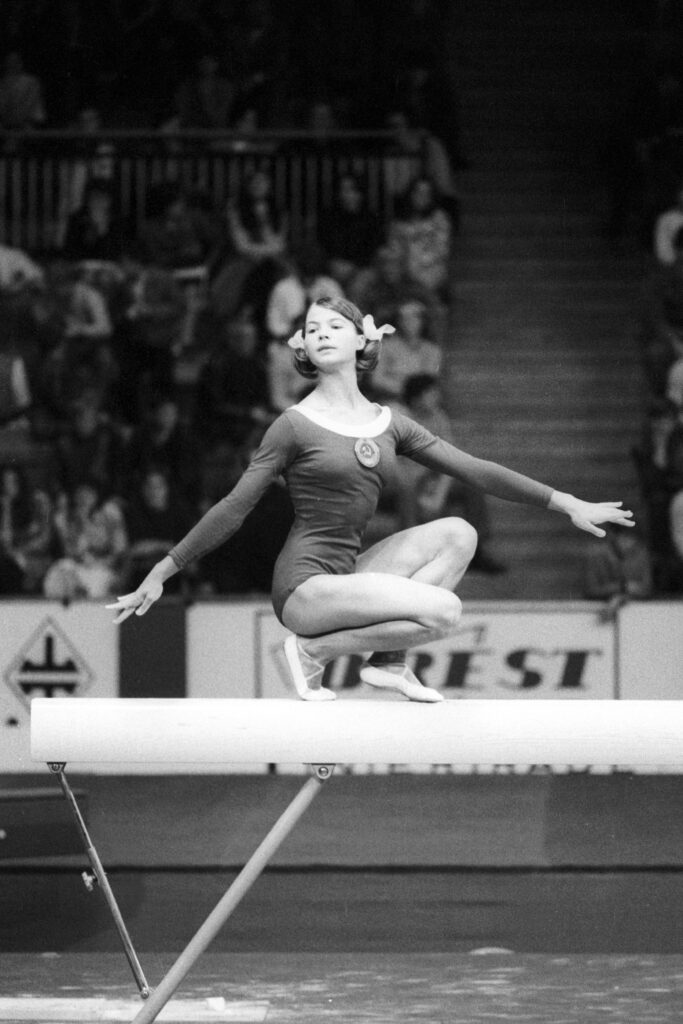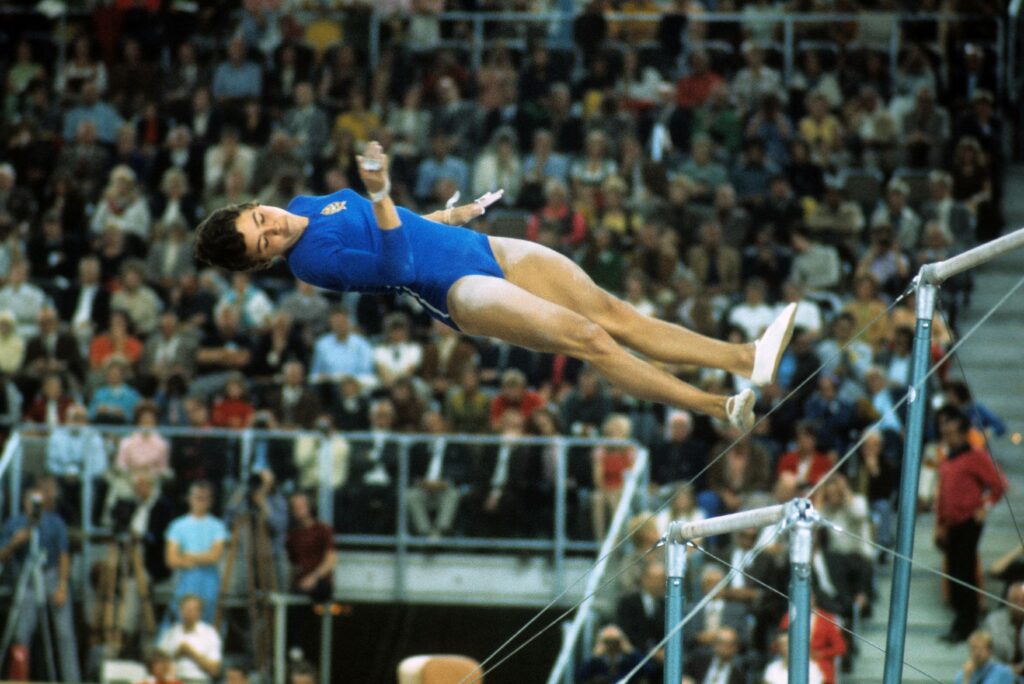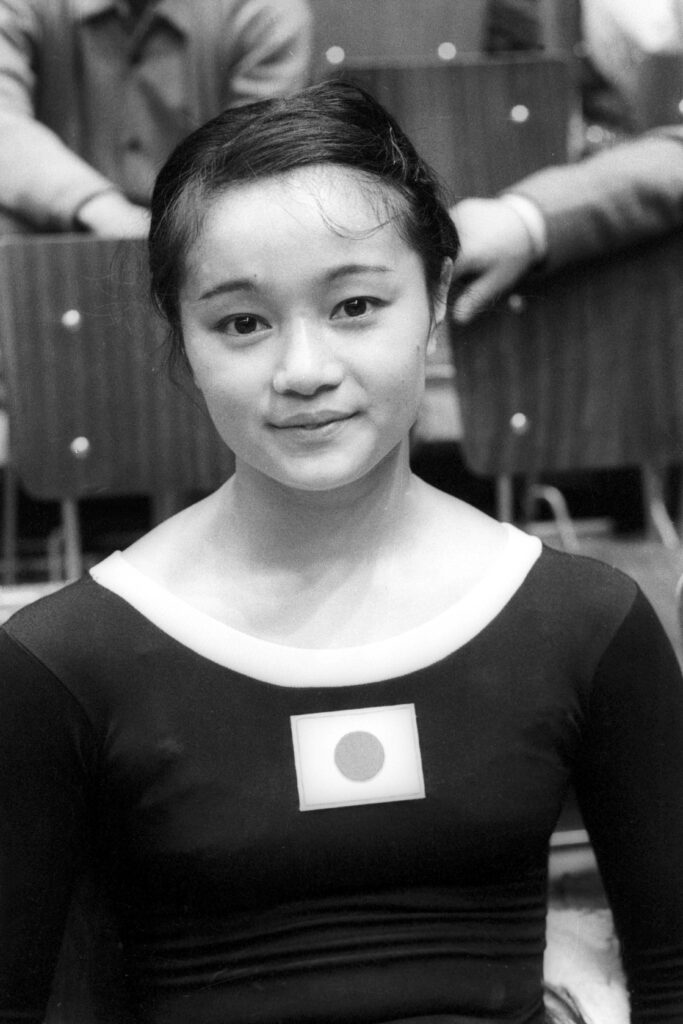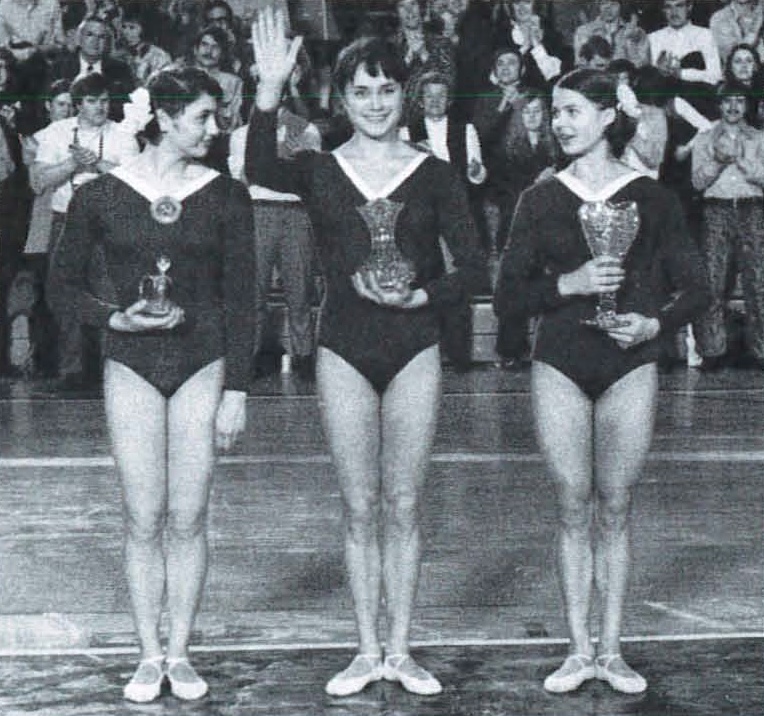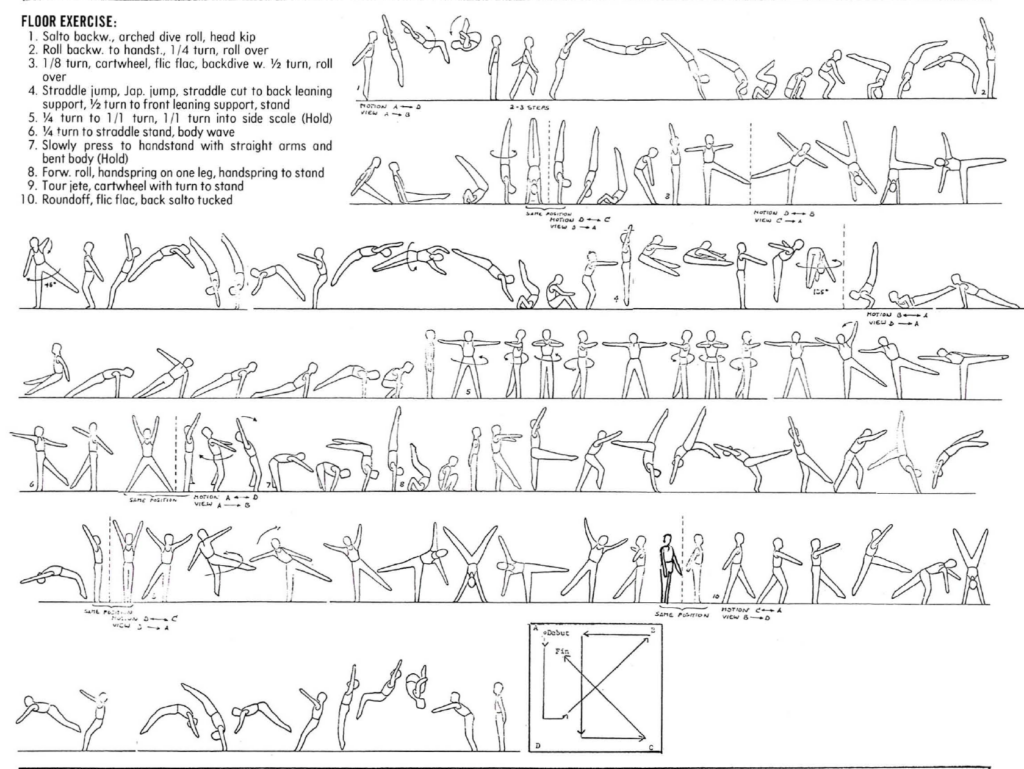From 1956 until 1962, Larisa Latynina seemed unstoppable. She won the all-around at every major gymnastics competition: the 1956 Olympics, the 1957 Europeans, the 1958 World Championships, the 1959 Europeans, the 1960 Olympics, the 1961 Europeans, and the 1962 World Championships. (The Soviet Union did not participate in the 1963 Europeans.)
But her luck changed in 1964 when Věra Čáslavská won the all-around gold medal at the Tokyo Olympics, and Latynina had to settle for silver.
After the Olympics, just a few days shy of her 30th birthday, Latynina had to settle for silver once again at the USSR Championships. This time, she lost to 15-year-old Larisa Petrik, a gymnast half her age.
This was a watershed moment in the history of women’s gymnastics — not simply because it marked the beginning of the end of Latynina’s dominance but also because it marked a shift in women’s gymnastics toward younger gymnasts.
While there had been teenagers at major international competitions after World War II — 16-year-old Čáslavská, for example, became a crowd favorite when she won team silver at the 1958 World Championships — Petrik’s victory was different. The Soviet Union was the indisputable leader in women’s gymnastics, and for over a decade, their teams had relied primarily on adult women. Then, in 1964, a teenager became the best gymnast in the country and was victorious over someone who had seemed unbeatable internationally for years.
Note: From 1956 until 1962, there were several domestic competitions that Latynina did not win, including the USSR Championships. But this was the first time that she lost to a gymnast half her age.
The news of Petrik’s win made headlines in many of the Soviet Union’s prominent newspapers. In this post, we’ll look at some of those news accounts from December 1964.
Note: For men’s gymnastics fans, don’t worry; the news articles do touch upon the men’s competition, as well.
